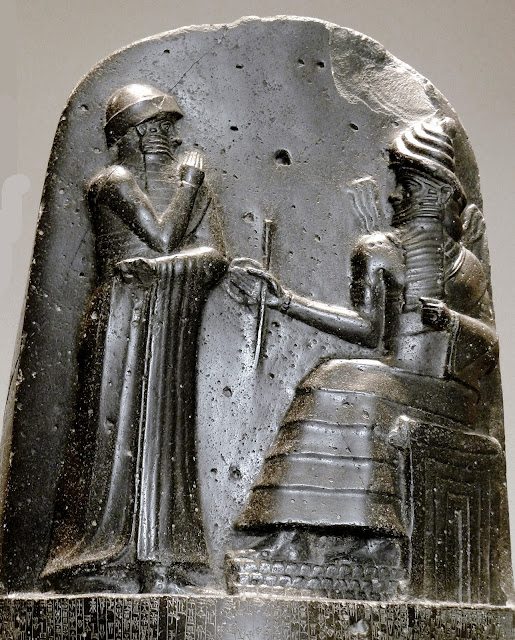Click Here to View the Main Index
"The baresman (Phl. barsom), or sacred bundle of twigs (or "slender wands"), is a ritual implement which has played an important part in Zoroastrian religious practices since prehistoric times. According to Kotwal and Boyd, the baresman is an "ancient Indo-Iranian emblem of seeking the Holy", and it "establishes a connecting link between this getig [material] world and the menog [spiritual] realm. The barsom is, as it were, the conduit through which the archetypal principles and powers manifest their presence and receive the offerings… It is also an instrument through which one acquires the sacred power….. a conduit for channeling the power outwards, and thus is a prototypical 'magic wand'.." … http://www.avesta.org/ritual/barsom.htm
"A sceptre (or scepter in U.S. English) is a symbolic ornamental staff or wand held in the hand by a ruling monarch as an item of royal or imperial insignia. Sometimes, it could be used for magical purposes….Under the Roman empire the sceptrum Augusti was specially used by the emperors, and was often of ivory tipped with a golden eagle…."
"The barsom forms an important part of the liturgical apparatus. In the modern ritual, the old vegetable barsom has been replaced by metallic barsom. As it is referred to by a classical writer like Strabo, and in the Old Testament, and as its ceremony has been referred to by Firdausi"….http://www.avesta.org/ritual/barsom.htm
"Gold plaque from Oxus region showing a man holding a baresman….Early classical reports, rock carvings and artefacts from west to east of Zoroastrian lands, depict magi in particular and Zoroastrians in general, carrying baresman bundles with them. They carried the baresman bundles with them so frequently, that the baresman became the principle identifying symbol of the magi and the Zoroastrian faith from Central Asia to the Pamirs… the baresman was closely associated with haoma…." …http://heritageinstitute.com/zoroastrianism/barsom/index.htm
Barsom and Mah-rui (Barsom-stand)……The Mah-rui (lit. moon-faced) are two metallic stands about nine inches in height. They are so called because they have a moon-faced or crescent-shaped top. They are always used in pair, one placed in front of the other. They are also called barsom-dan, because the barsom twigs are placed upon them. They are the ceremonial instruments referred to as Mah-ruyo in the Dadistan-i Denig (Chap. 48.14). There, the Aurvis, or the stone slab of the Yazashna-gah is spoken of as the proper place for the mah-rui. They must always be metallic (shatvarin). "…http://www.avesta.org/ritual/barsom.htm
"The word barsom is the Avesta word Baresman. It comes from the Avesta root barez, Sanskrit barh, to grow. …. The twigs of a particular tree used in liturgical ceremonies are spoken of as the barsom. Later books say that the twigs may be of the pomegranate tree or of the tree known as the chini. But the Avesta itself does not specialize any particular tree. It speaks generally, that the barsom must be of a tree (Yasna 25.3; urvarâm baresmanim). …. The celebration of the Yasna requires 23 twigs of which 21 form a bundle…..According to the Nirangistan, the barsom ceremony existed in the time of Zoroaster, whose contemporary, Jamasp, is said to have celebrated it in a particular way (Fragments, 6; Nirangistan, Fargard 3.89). In many passages of the Avesta, Niyayeshes and Yashts, it is always associated with the Haoma and Jivam ceremonies (Haomayo gava baresmana)."….http://www.avesta.org/ritual/barsom.htm
"A wand (also: magic wand) is a thin, straight, hand-held stick or rod made of wood, stone, ivory, or metals like gold or silver. Generally, in modern language, wands are ceremonial and/or have associations with magic but there have been other uses, all stemming from the original meaning as a synonym of rod and virge, both of which had a similar development. A stick giving length and leverage is perhaps the earliest and simplest of tools. Long versions of the magic wand are usually styled in forms of staves or scepters, often with designs or an orb of a gemstone forged on the top."
"… The baresman is also an instrument through which one acquires the sacred power. Perhaps then it is also a conduit for channeling the power outwards, and thus is a prototypical 'magic wand'…..Ancient art frequently show Zoroastrians praying with baresman in hand…..Some time during the last four hundred years the Parsi priests of India have substituted metal rods for the traditional twigs. Dastur Erachji Meherjirana explains this innovation as being "out of helplessness" because the traditional tamarisk was not available in India (Pursesh-Pasakh, 1941). The identification of tamarisk as the original material is supported by the Persian Rivayats (15-16th century, e.g. Dhabhar, p. 418), where the Irani authorities chide the Parsis for having substituted the untraditional metal wires."...http://www.avesta.org/ritual/barsom.htm
Email....okarresearch@gmail.com
John Hopkins.....Northern New Mexico….February 2014





No comments:
Post a Comment